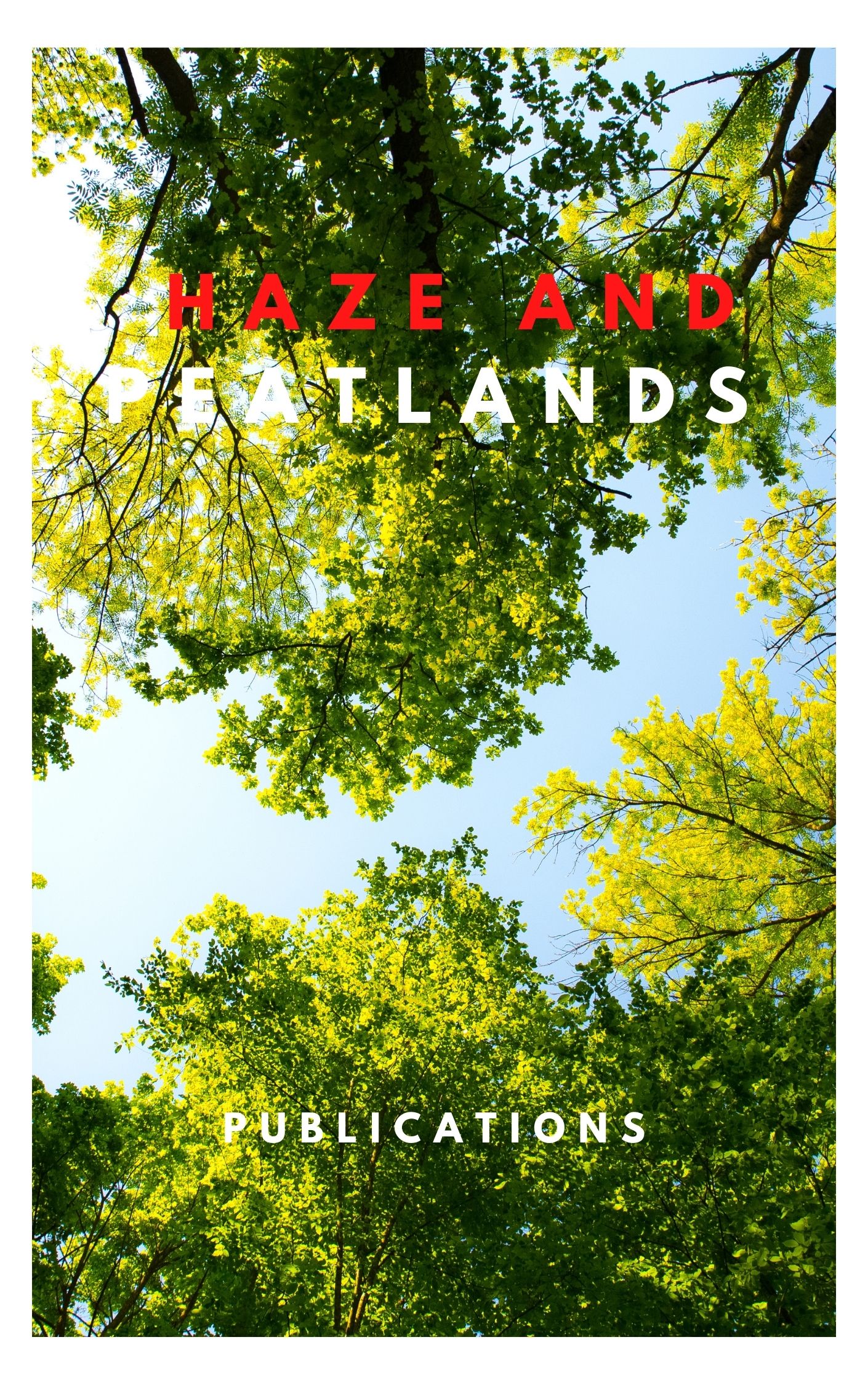According to The State of Indonesia's Forest 2020 report, 23.96 M ha of peat ecosystems in Indonesia are currently damaged. Peat ecosystems have a high level of vulnerability to landscape changes. Some of the main functions of peatland are ecological conservation, energy, and agriculture. One of major agricultural activities on peatland is oil palm plantation. Extra strict land management is needed to reach sustainability and minimize disaster (e.g., land fires) following The Guidelines for the Utilization of Peatlands for Oil Palm Cultivation, regulated by the Minister of Agriculture No. 14/2009. Still, many other policies also control aspects of protection and cultivation on peatlands. The research focused on analyzing dynamics of spatial policy on peatlands for oil palm cultivation. Spatial policies used included spatial pattern of Jambi Province, land permits, and maps of the status of forest areas. This study analyzed inconsistency of policies on spatial patterns, permits, and forest areas status in oil palm plantations on peatland. This research was conducted in Jambi Province, where 13.86% (121,290 ha) was on peatland. The analysis used a logical alignment matrix and GIS. The results showed that oil palm plantations on peatland with HGU/other permits generally aligned to spatial planning, permit, and forest area status. Its area reached 50,598 ha. Peatland utilization should go through suitable technical planning stages and considering actual land use/tenure and water system functioning.
View source

